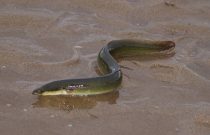
Fish, Amphibians and Reptiles


American Eel (15 seconds)

American Eel (30 seconds)

American Eel (Youth)
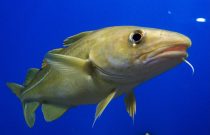
Atlantic Cod

Atlantic Cod (15 seconds)

Atlantic Cod (30 seconds)

Atlantic Cod (Youth)
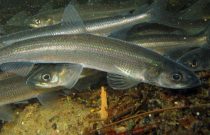
Atlantic Whitefish (30 seconds)

Atlantic Whitefish (60 seconds)
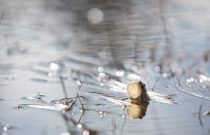
Chorus Frogs

Chorus Frogs (15 seconds)

Chorus Frogs (30 seconds)

Chorus Frogs (Youth)
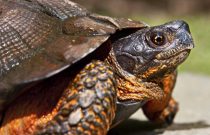
Freshwater Turtles

Freshwater Turtles (30 seconds)
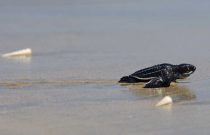
Leatherback Seaturtle (30 seconds)

Leatherback Seaturtle (60 seconds)

Pacific Salmon

Pacific Salmon (15 seconds)

Pacific Salmon (30 seconds)



